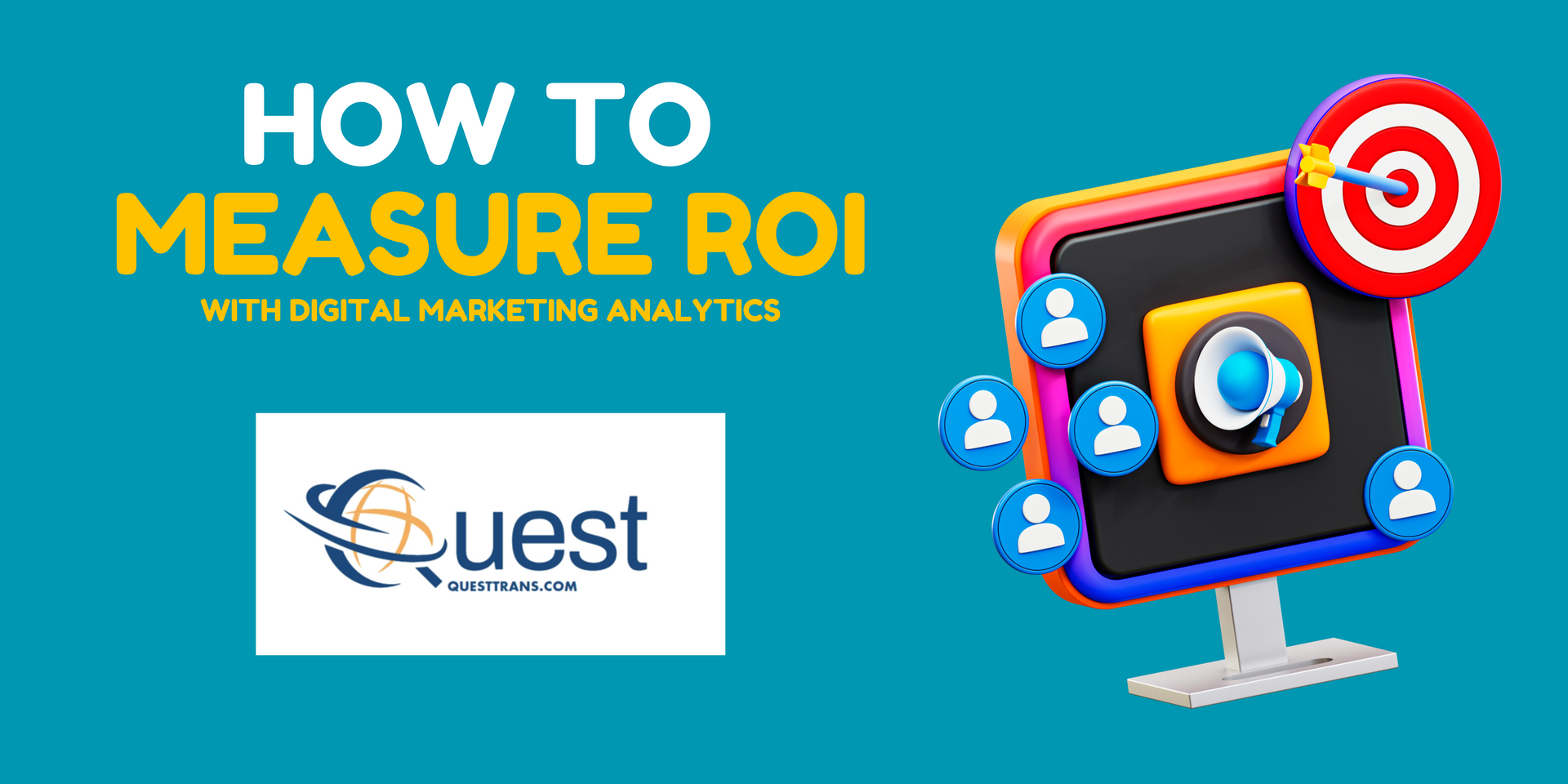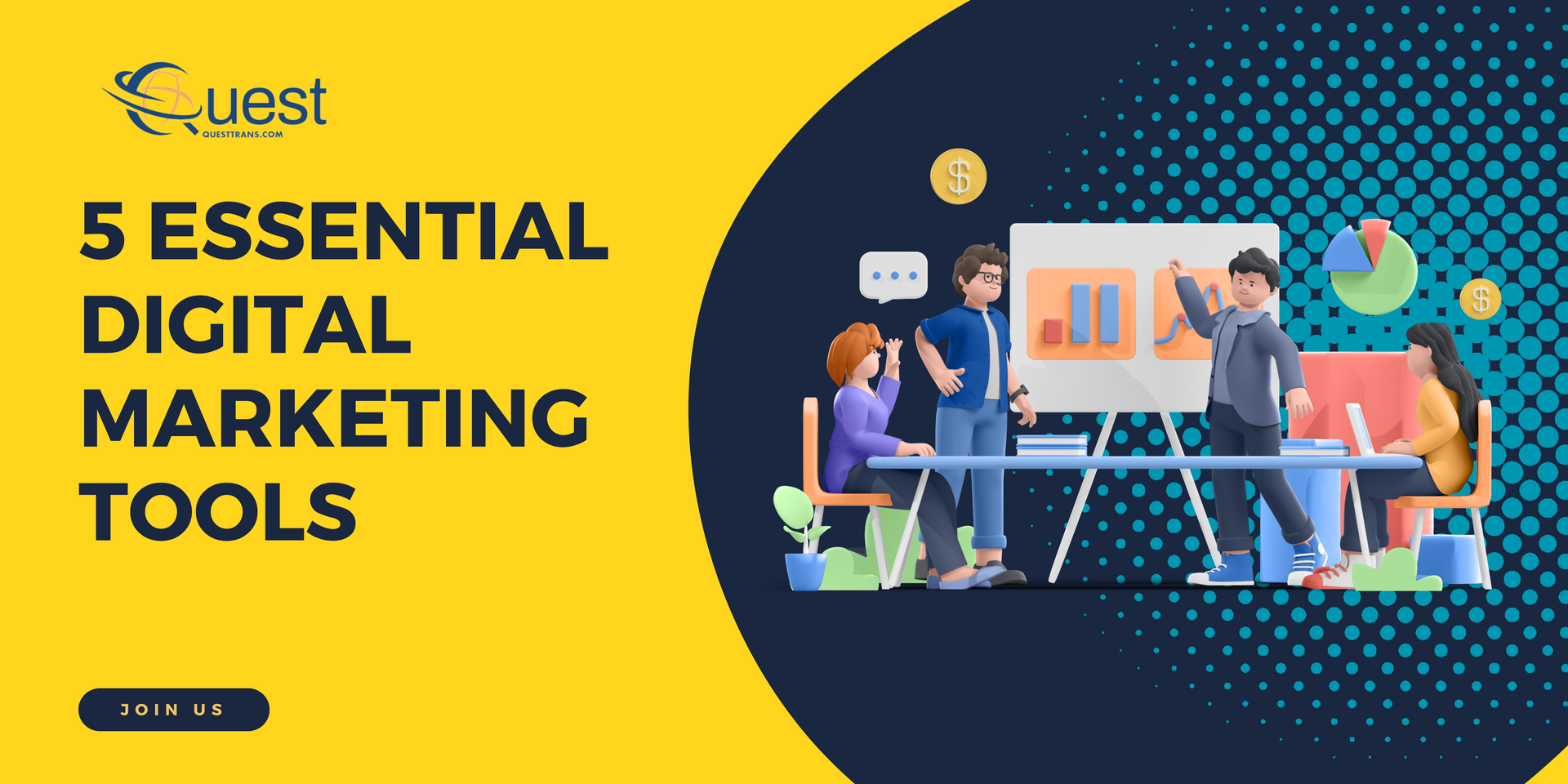Managing Production Timelines: How to Streamline Product Readiness for Shipment
Managing Production Timelines: How to Streamline Product Readiness for Shipment

For product-based companies, one of the most important elements of efficient shipping is ensuring that products are ready to ship when needed. From the moment a customer places an order to the time it’s ready to be shipped on pallets, every stage in the process has an impact on your business’s efficiency, shipping costs, and customer satisfaction. Managing production timelines effectively can help avoid costly delays, unexpected fees, and miscommunication between your team and logistics providers.
Here’s how to streamline the time from product production to shipment, and why it’s essential to communicate early and often with your logistics partner.
Understand Your Production Lead Times
What are production lead times?
Production lead time refers to the amount of time it takes from when a customer places an order to when the product is ready to be shipped. This timeline can vary depending on factors such as manufacturing processes, order complexity, availability of materials, and workforce capabilities.
Understanding your production lead times is critical because it helps set expectations for when a product can be shipped and delivered. Without this information, it can be difficult to coordinate with a logistics provider to ensure timely delivery and avoid extra shipping costs.
Coordinate with Your Logistics Broker Early
Why early communication is key:
Once you have a clear understanding of your production lead times, it’s crucial to communicate with your logistics brokerage as early as possible. Whether you’re planning a large shipment or a steady stream of smaller orders, your logistics partner needs to know when to expect your products to be ready for transport.
By providing your logistics partner with a realistic timeline, you ensure they can reserve the necessary capacity to transport your goods. Failing to do so can result in rushed decisions, potential delays, and even increased shipping costs due to a lack of available carriers or equipment.
Impact of Holding Products Before Shipping
Why holding onto products can affect shipping costs:
In certain cases, businesses might need to hold onto inventory before shipping it, whether due to market conditions, fluctuating demand, or limited warehouse space. However, holding onto inventory for too long can increase shipping costs because of storage fees, fluctuations in fuel prices, or shifting supply chain constraints.
If you’re able to accurately forecast when demand will surge and manage production schedules accordingly, you can reduce the need for costly last-minute shipping arrangements. For instance, scheduling shipments well in advance or utilizing a freight broker who specializes in flexible scheduling can minimize these additional costs.
Choosing Between LTL and FTL Based on Readiness
The readiness of your products for shipment often influences the choice between LTL (Less Than Truckload) and FTL (Full Truckload) shipping methods.
- LTL Shipping is typically a cost-effective option for smaller shipments (under 12,000 lbs or fewer than 12 pallets) and when you can hold onto the goods for a longer period. The downside is that LTL shipments involve stops at consolidation warehouses, which can increase the risk of delays or damages.
- FTL Shipping is more appropriate for larger shipments or when products need to be shipped immediately. It’s more direct and safer for higher-value goods that need special attention.
Knowing when your products will be ready for shipping will help you and your logistics provider determine which option offers the best balance between cost-efficiency and delivery speed.
How Production Delays Affect Shipping Costs
Production delays can be a significant factor in your ability to ship on time, and it’s essential to work closely with your manufacturing team to identify potential bottlenecks. Delays at the production stage can lead to higher shipping costs, especially when expedited shipping or rushed coordination is required to meet customer deadlines.
For example, if a production delay means that your goods will miss the standard shipping window, you may need to upgrade to expedited or priority shipping, which can dramatically increase costs. However, by aligning your production schedules with your logistics strategy, you can reduce the chances of needing urgent shipping, thereby keeping costs under control.
Collaborating with Your 3PL Provider for Optimal Scheduling
Your 3PL (Third-Party Logistics) provider can be a crucial partner in managing production timelines effectively. These experts have the experience to help you navigate scheduling challenges, whether that means adjusting to unexpected production delays or anticipating peak shipping seasons.
At Quest Transportation, we specialize in reliable and efficient freight solutions and provide dedicated appointment setting and driver acquisition services to ensure that your goods are ready to move as soon as they’re produced. By working closely with our team, you can streamline your production-to-shipping timeline and ensure that costs are optimized throughout the entire process.
Conclusion
Managing production timelines is essential to ensure your products are ready to ship when needed. By understanding lead times, communicating early with your logistics partner, and optimizing when and how you ship your goods, you can reduce the chances of delays and unexpected costs. Effective planning and collaboration with a trusted 3PL provider can help keep your operations running smoothly, ensuring your products reach customers on time and within budget.
At Quest Transportation, we specialize in helping businesses optimize their logistics and shipping processes. Reach out to us today to learn more about how we can support your company’s production-to-shipment needs!










